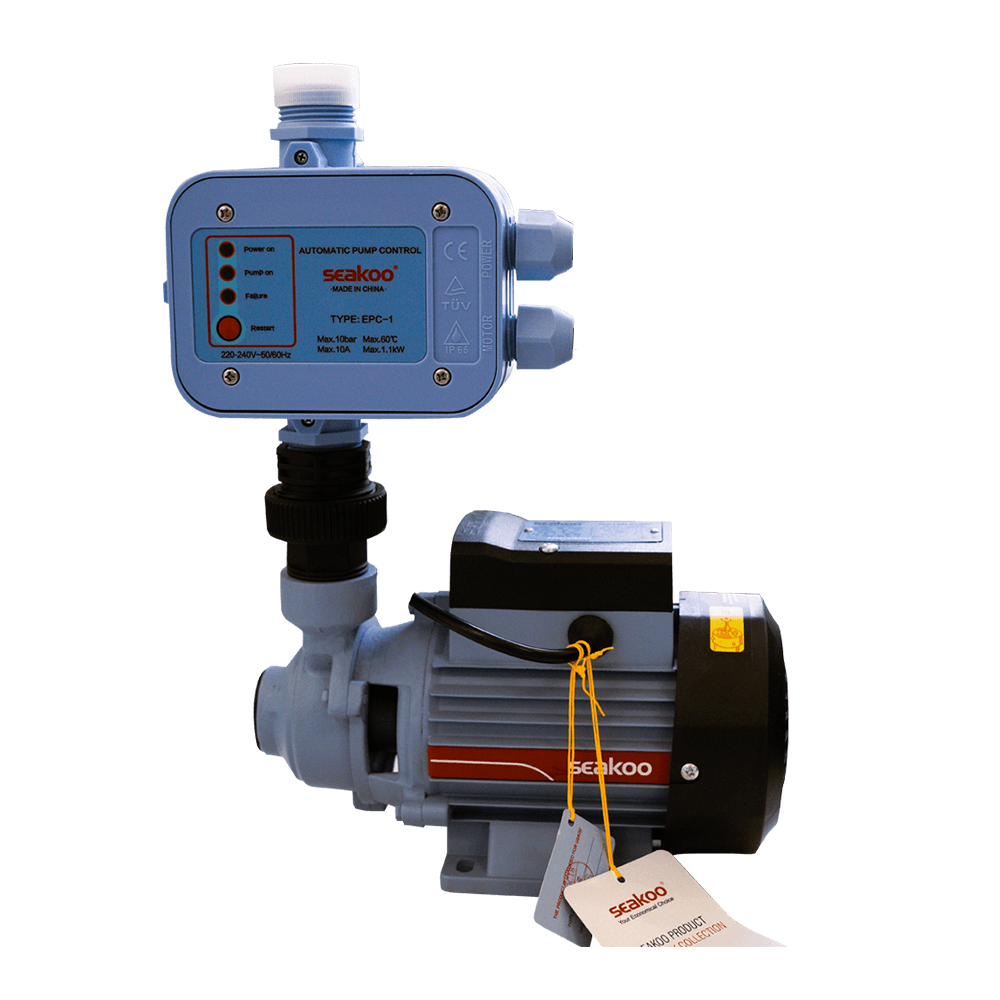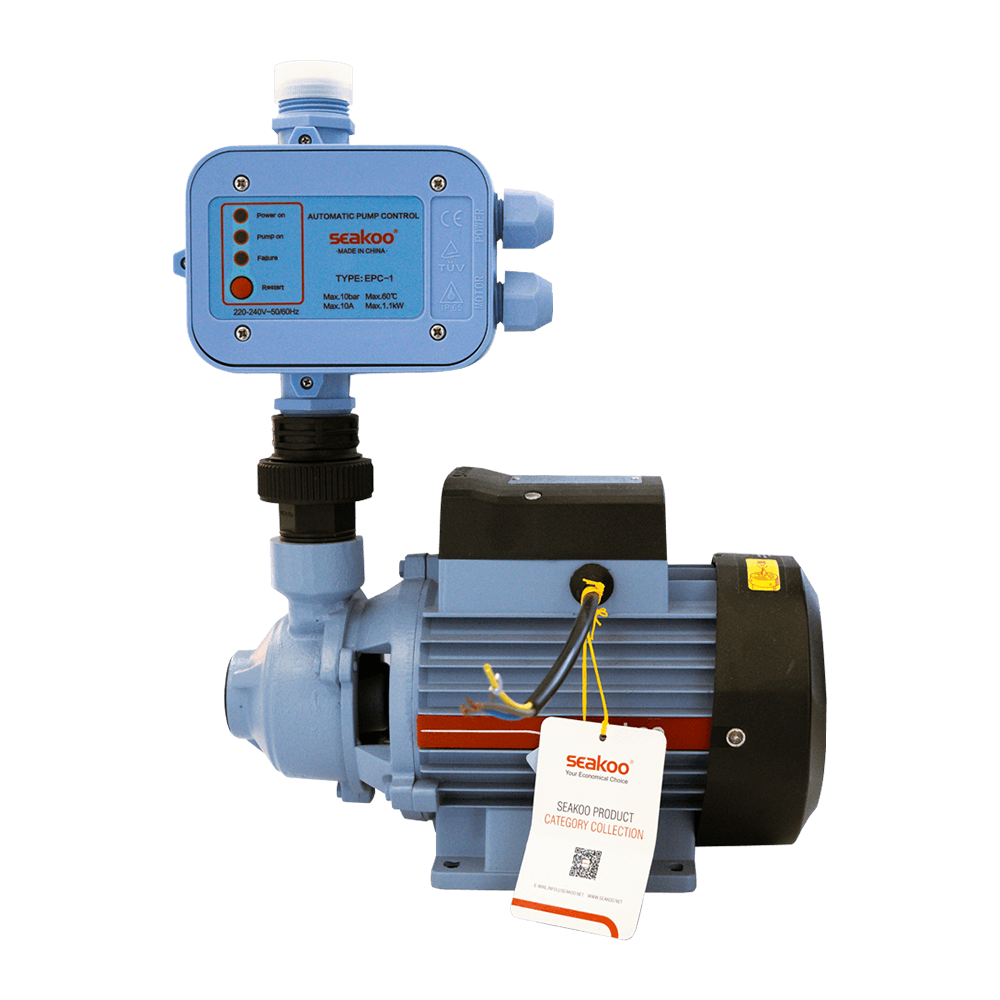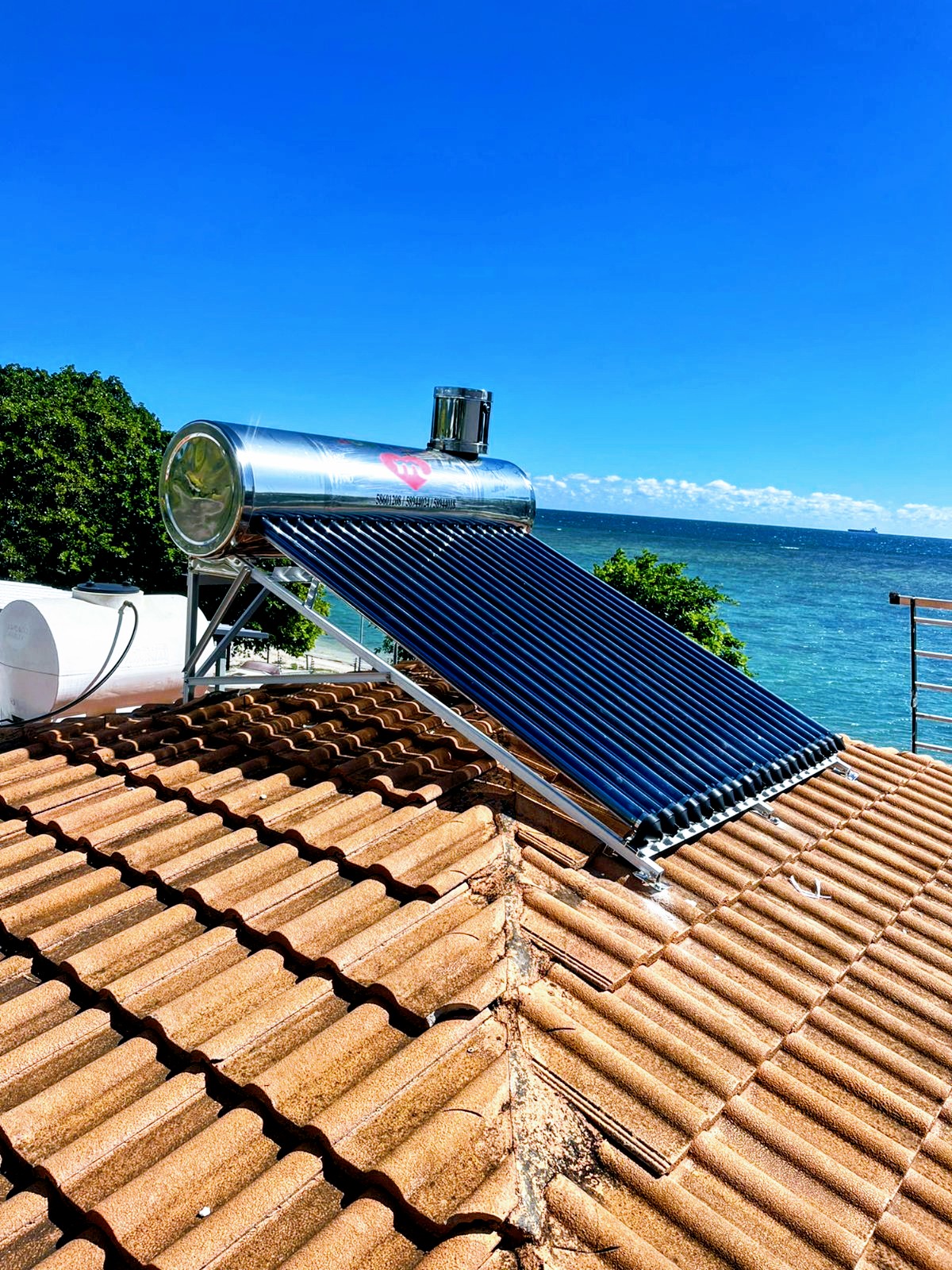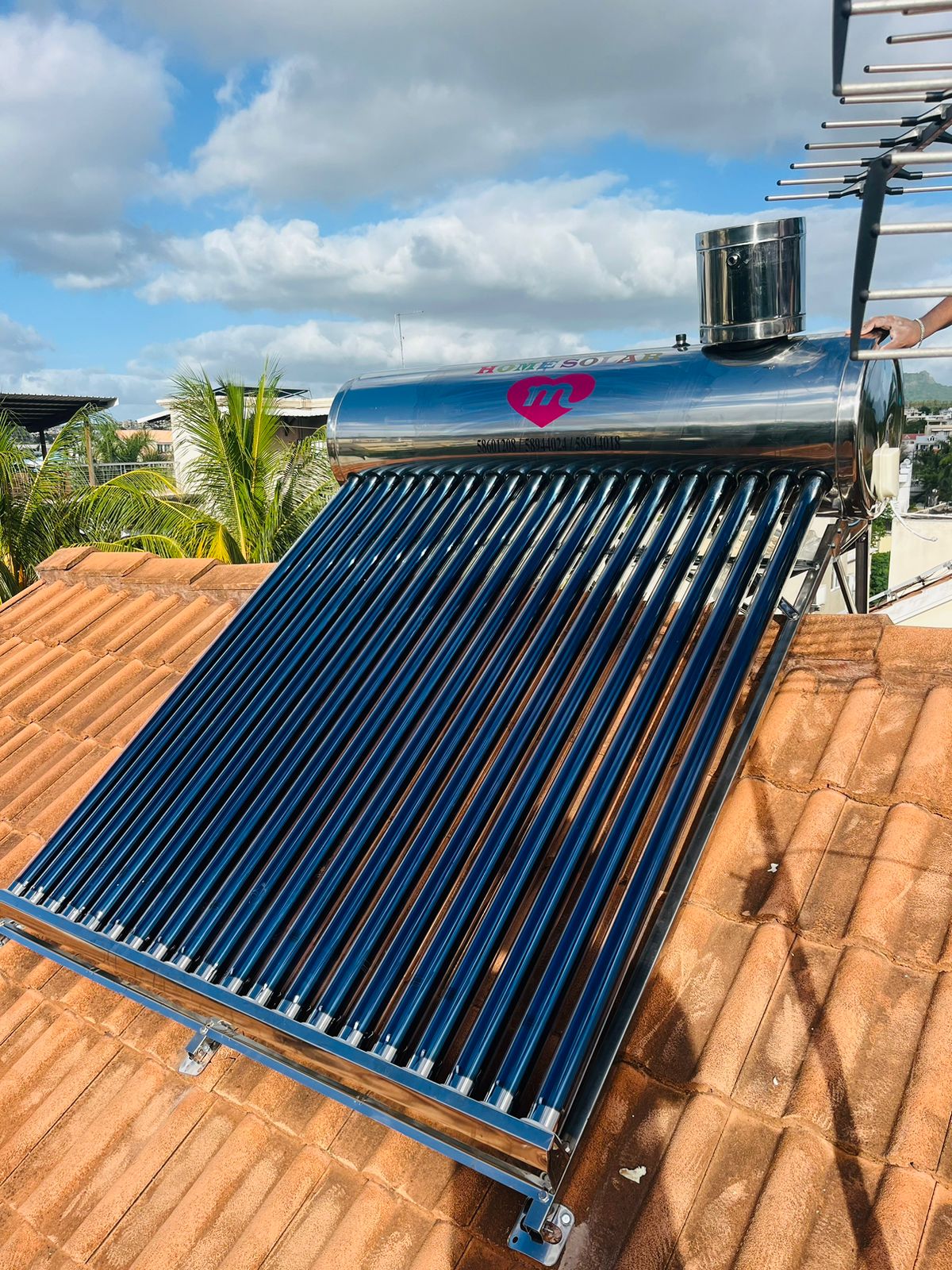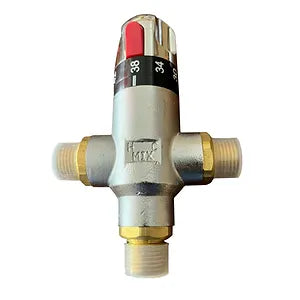Thermostatic Mixing Valve
🚚 Local Delivery Available
⭐ Premium Quality
🌐 Order online - Pay on delivery (Cash, Juice, Card or Bank Transfer)
Upgrade your shower and bath safety with our Thermostatic Mixing Valve (TMV)!
Why choose our TMV?
 |
Consistent TemperaturesEnjoy a reliable and consistent water temperature for your shower and bath. Our TMV ensures the perfect blend of hot and cold water, enhancing user comfort. |
 |
Enhanced SafetySay goodbye to scalding! Our TMV uses a thermostat, offering superior safety against sudden burns by maintaining a safe water temperature at the point of supply. |
 |
Ideal for High-Pressure Solar Water HeatersSpecifically designed for high-pressure solar water heaters, our thermostatic valve complements your system, providing optimal performance. |
 |
User ComfortExperience the luxury of always having hot water at a safe and comfortable temperature. Our TMV prioritizes your well-being and comfort in every use. |
Upgrade to our Thermostatic Mixing Valve for a safer, more comfortable, and enjoyable shower and bath experience!
DETAILS
Barcode: -
Product Type: Solar Water Heater Parts
Vendor: HomeSolar
Share
Guaranteed Safe Checkout
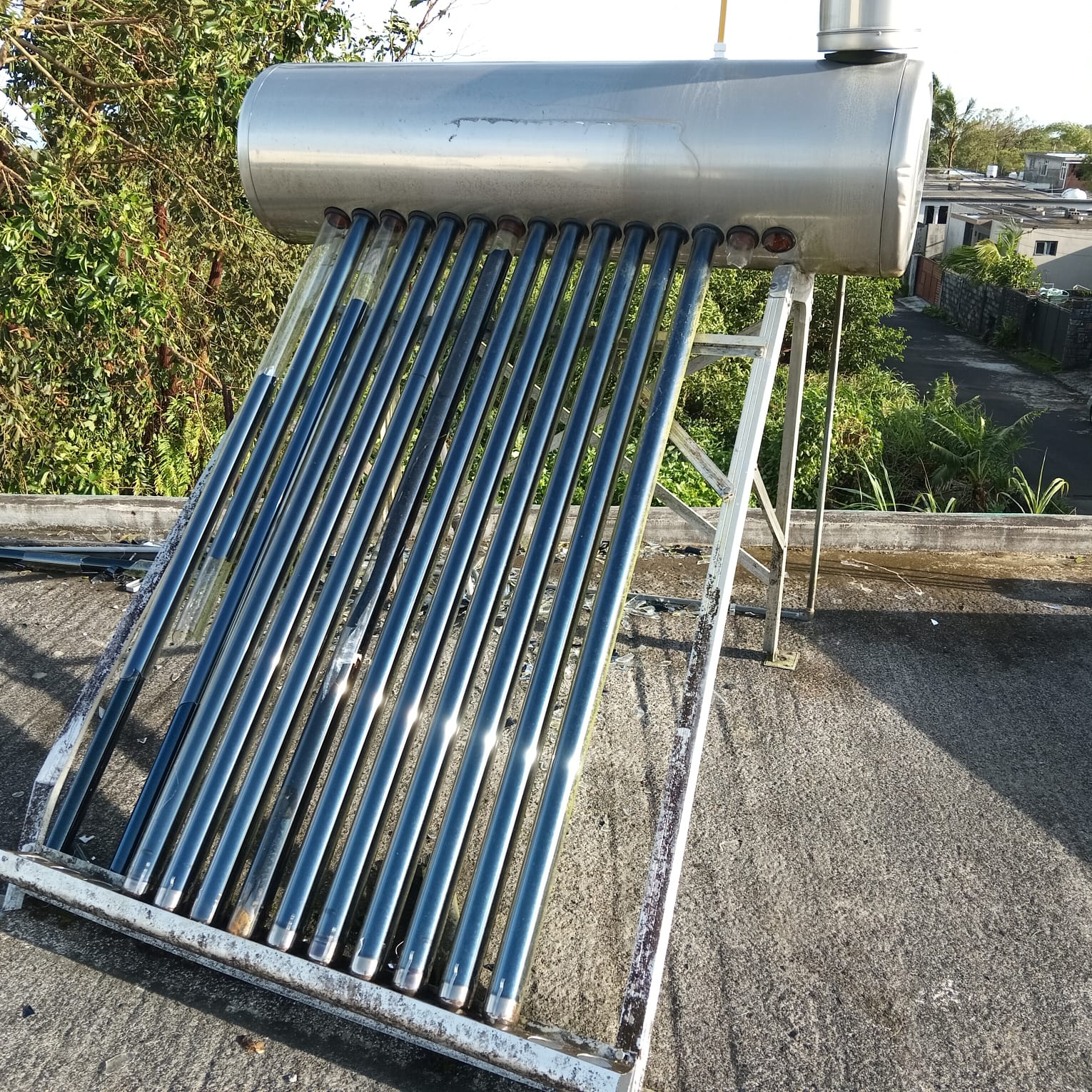
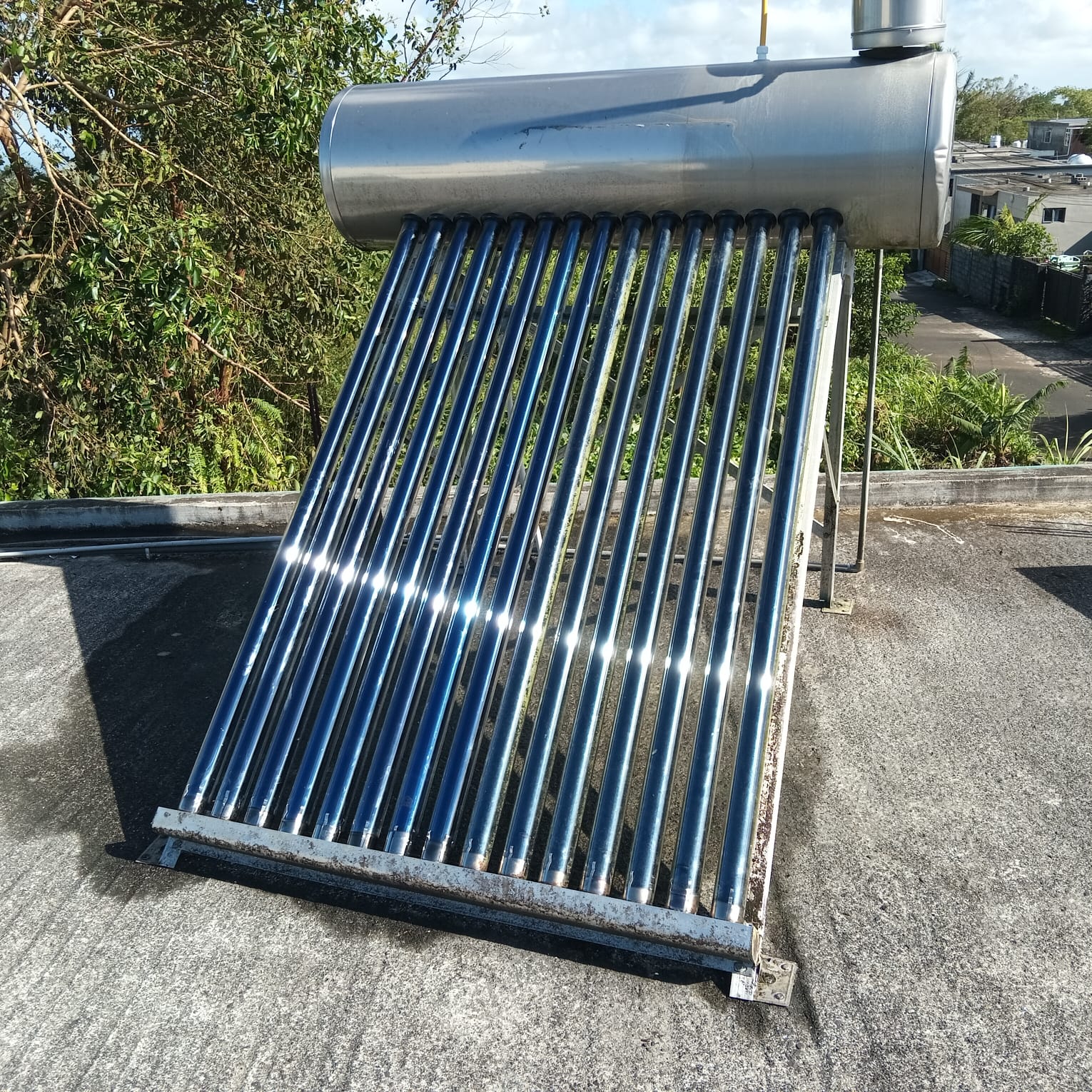
Solar Repairs
In the aftermath of Cyclone Belal, we understand that many of our valued customers have faced the unfortunate scenario of damaged solar water heaters. We empathize with the challenges posed by severe weather conditions, particularly the impact on the delicate vacuum tubes integral to the functioning of solar water heaters. At Sofo Soler Moris Ltd, we want to assure our clients that we stand ready to support you in these times of distress.
Our seasoned team of technicians is well-equipped and prepared to address the specific damages incurred during the cyclone. Most commonly, we have observed breakages in the vacuum tubes, which are a critical component of the solar water heater system. These tubes play a pivotal role in harnessing the sun's energy efficiently. In the event of breakage or damage, our expert technicians specialize in swift and effective repair and replacement procedures.
Here's how we can assist you:
1. Rapid Assessment:
Our responsive team will conduct a thorough assessment of the damage to your solar water heater. We understand the urgency of restoring your system to normalcy, and our technicians will expedite the evaluation process.
2. Vacuum Tube Replacement:
Should the assessment reveal damage to the vacuum tubes, our team will promptly replace them with high-quality, durable tubes. We source components from trusted suppliers, ensuring the longevity and efficiency of your solar water heater.
3. Comprehensive Servicing:
Beyond mere repairs, we offer comprehensive servicing to ensure that your entire solar water heater system is functioning optimally. This includes checks on connections, valves, and overall system integrity.
4. Preventive Measures:
In addition to repairs, our team will provide insights into preventive measures to fortify your solar water heater against future weather-related challenges. We believe in proactive maintenance to enhance the resilience of your system.
At Sofo Soler Moris Ltd, our commitment goes beyond merely providing products; we are dedicated to the enduring performance and satisfaction of our clients. If you have experienced damage to your solar water heater due to Cyclone Belal, please reach out to us promptly. We are here to restore not just your system but also your peace of mind.
